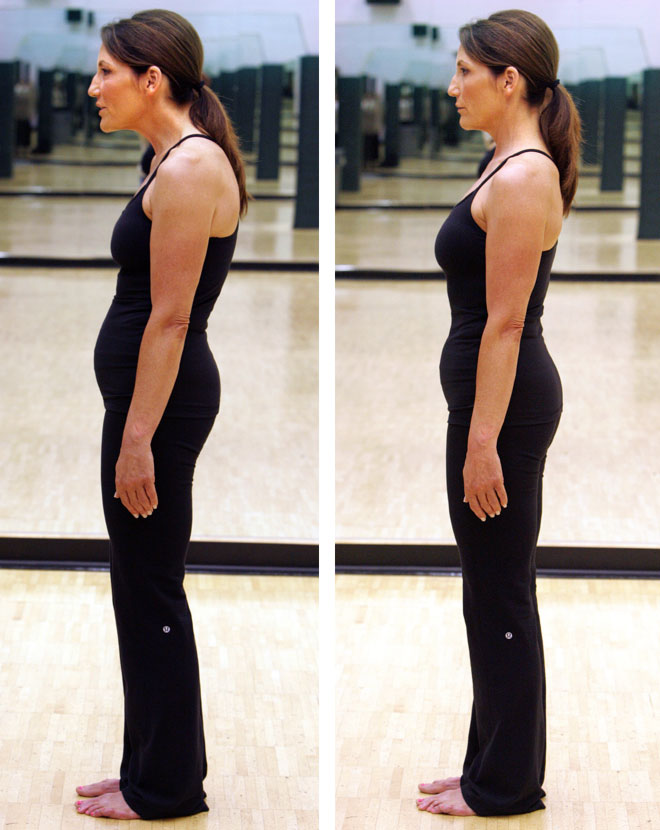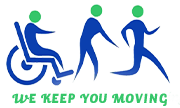Good posture is a very important way to maintain a healthy mind and body. When you practice correct posture, your body is in alignment with itself. This can alleviate common problems such as back or neck pain, headaches, and fatigue.
Exercises that strengthen the muscles across your upper and lower body joints will help you to maintain good posture. You don't need to develop a body builder physique—–it's more important to build "muscle memory" so that you unconsciously and naturally maintain correct posture without fatigue. Stretching exercises can greatly help if you find that you have a sore back or neck. It's also good to do during the day, if your job requires you to sit for long periods. These are tailor made exercises which are programmed at considering individual's muscular capabilities and flexibility.
Here are a few tips for maintaining good posture
Good posture is nothing more than keeping your body in alignment. Good posture while standing is a straight back, squared shoulders, chin up, chest out, stomach in. If you can draw a straight line from your earlobe through your shoulder, hip, knee, to the middle of your ankle. To get it, keep your weight on the balls of your feet When you rest on your heels, your natural tendency will be to slouch. Instead, stand up, and make an effort to stand on the balls of your feet. Notice how the rest of your body follows. Now rock back so that your weight is on your heels.


If you work long hours at a desk and have the option, use a chair that's ergonomically designed for proper support and designed for you. If this is not an option, try using a small pillow for lower back support. Align your back with the back of the office chair. This will help you avoid slouching or leaning forward, which you may find yourself doing after sitting too long at your desk. Keep your shoulders straight and squared, your head is upright, and your neck, back, and heels are all aligned. Keep both feet on the ground or footrest (if your legs don't reach all the way to the ground). Adjust your chair and your position so that your arms are flexed, not straight out. Aim for roughly a 75- to 90-degree angle at the elbows.

While you will not be able to consciously maintain a particular posture while sleeping, how you sleep can have an effect on your waking posture. Using a firmer mattress will help by maintaining proper back support. Sleeping on your back will help keep your shoulders straight, and it is usually more comfortable for the back than sleeping on the stomach. If you prefer sleeping on your side, try slipping a small, flat pillow between your knees to help keep your spine aligned and straight. Use a pillow to provide proper support and alignment for the head and shoulders. Don't overdo the pillows—–too many, and your head can be bent in an unnatural position; this will hurt your posture.

Lifting or carrying objects without regard to your physiology can cause discomfort, pain, or in some cases, real injury. When you're lifting something off the ground always bend at the knees, not the waist. Your back muscles are not designed for taking the weight, but your large leg and stomach muscles are. The closer you keep large or heavy objects to your chest, the less you use your lower back when carrying them. Balance your load to prevent stress and fatigue. If you're carrying a heavy suitcase, for example, change arms frequently.
- Exercise Therapy
- Chiropractic
- Orthopedic Rehabilitation
- Electrotherapy
- Post Stroke Rehabilitation
- Post Operative Physiotherapy
- Migraine Treatment
- Ergonomic Counseling
- Posture Correction
- Cupping Therapy
- Fitness- Diet and Nutrition
- Online Consultation
- Home Physiotherapy Services
- Old Age Care
- Pre and Post Natal Care
- Vascular Care

